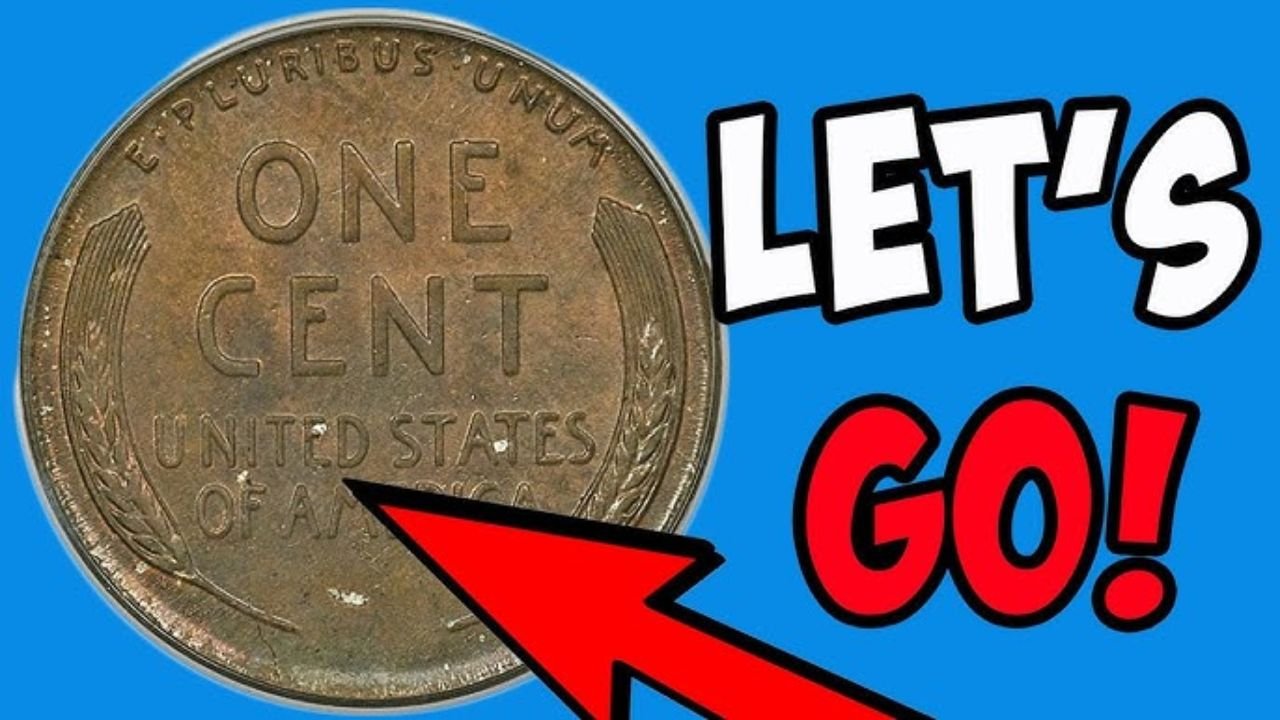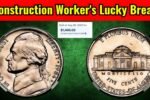$575K Lincoln Wheat Penny: Imagine sorting through your grandfather’s old coin collection and finding a seemingly ordinary penny with a slight imperfection. Now imagine learning that tiny flaw makes it worth over half a million dollars. This exact scenario became reality when a unique Lincoln Wheat Penny featuring a dramatic minting error recently sold for $575,000 at auction, sending shockwaves through the numismatic community.
Understanding the Rare Die Crack Error
The secret behind this penny’s extraordinary value lies in a fascinating minting flaw known as a die crack error. During coin production, each blank planchet is struck by a metal die that imprints the design. Over time, these steel dies can develop hairline fractures from repeated use. When a cracked die is used, the resulting coins bear distinctive raised lines or irregular patterns where metal flowed into the die’s cracks.
These errors range from barely noticeable to spectacularly prominent. Collectors have coined colorful terms for different types – “Lightning Strikes” for dramatic zigzag cracks and “Cud Errors” for raised blobs that form when part of the die breaks away completely. The more visually striking and well-defined the error, the more valuable the coin becomes to collectors.
The Record-Setting Penny’s Remarkable Features
The Lincoln Wheat Penny series, minted from 1909 to 1958, is already beloved by collectors for its classic design featuring wheat stalks on the reverse. The specific penny that commanded $575,000 had several exceptional characteristics that combined to create its staggering value.
Most importantly, it displayed a large, clearly defined die crack running dramatically across its surface. Such obvious errors rarely escape quality control at the mint, making this a genuine rarity. Additionally, the coin remained in near-perfect condition despite its age, with sharp details and minimal wear. This combination of a dramatic error and excellent preservation created the perfect storm of collector desirability.
How to Examine Your Pennies for Hidden Value
If you have old pennies, particularly Lincoln Wheat Pennies minted between 1909 and 1958, you’ll want to inspect them carefully. Here’s what to look for:
Examine both sides under good lighting, using a magnifying glass or your smartphone’s zoom function to spot tiny details. Look for any raised lines, irregular patterns, or unusual protrusions that shouldn’t be there. Pay special attention to the edges and the spaces between letters where die cracks often appear.
Compare any potential finds with verified error coins online through reputable sources like the Professional Coin Grading Service (PCGS) or Numismatic Guaranty Corporation (NGC) websites. These organizations maintain extensive databases of known coin varieties and errors.
Why Mint Errors Command Such High Prices
Not every imperfect penny is valuable, but certain types of errors can make coins extremely desirable to collectors. Several factors contribute to a coin’s potential worth:
Rarity plays a crucial role – the fewer examples of a particular error that exist, the more valuable each one becomes. Visibility of the flaw matters greatly; dramatic, easily noticeable errors are more sought-after than subtle ones. The coin’s condition is equally important – an error coin in mint state will be worth exponentially more than a worn example.
Historical significance also adds value. Early mint errors from the 1900s-1940s are particularly prized because fewer survived in collectible condition, and they represent fascinating pieces of minting history.
What to Do If You Find a Potential Treasure
If you discover a coin that might be valuable, proper handling is crucial. Always hold coins by their edges to avoid leaving fingerprints on the surfaces. Never attempt to clean or polish a potentially valuable coin, as this can dramatically reduce its worth to collectors.
Document your find with clear photographs from multiple angles. Research comparable coins through reputable online auction archives and collector forums. Consider having the coin professionally authenticated and graded by services like PCGS or NGC, whose certification adds credibility and value.
Connect with local coin clubs or online collecting communities where experienced members can offer guidance. Be cautious of unsolicited offers from buyers until you’ve thoroughly researched your coin’s potential value.
The Enduring Allure of Coin Collecting
The story of the $575,000 penny beautifully illustrates why coin collecting remains such a popular hobby. It combines historical interest with the thrill of potential discovery – the possibility that valuable treasures might be hiding in plain sight. For collectors, each coin tells a story, and error coins like this represent fascinating accidents of history.
While most of us won’t find a half-million-dollar penny in our change jars, the possibility adds excitement to examining old coins. It serves as a reminder to look carefully at the everyday objects around us – you never know what hidden value they might hold.




